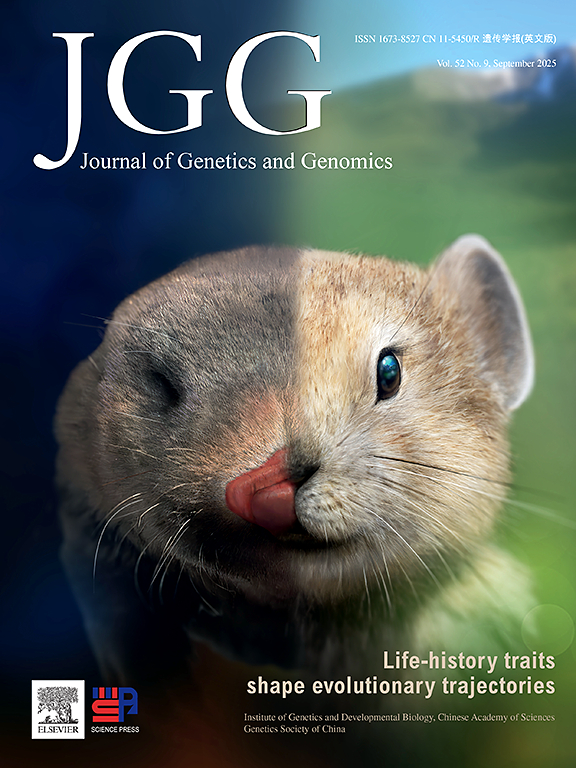2012, 39(3): 111-123.
doi: 10.1016/j.jgg.2012.02.004
Abstract:
During the growth and development of mammalian ovarian follicles, the activation and deactivation of mass genes are under the synergistic control of diverse modifiers through genetic and epigenetic events. Many factors regulate gene activity and functions through epigenetic modification without altering the DNA sequence, and the common mechanisms may include but are not limited to: DNA methylation, histone modifications (e.g., acetylation, deacetylation, phosphorylation, methylation, and ubiquitination), and RNA-associated silencing of gene expression by noncoding RNA. Over the past decade, substantial progress has been achieved in studies involving the epigenetic alterations during mammalian germ cell development. A number of candidate regulatory factors have been identified. This review focuses on the current available information of epigenetic alterations (e.g., DNA methylation, histone modification, noncoding-RNA-mediated regulation) during mammalian folliculogenesis and recounts when and how epigenetic patterns are differentially established, maintained, or altered in this process. Based on different types of epigenetic regulation, our review follows the temporal progression of events during ovarian folliculogenesis and describes the epigenetic changes and their contributions to germ cell–specific functions at each stage (i.e., primordial folliculogenesis (follicle formation), follicle maturation, and follicular atresia).







